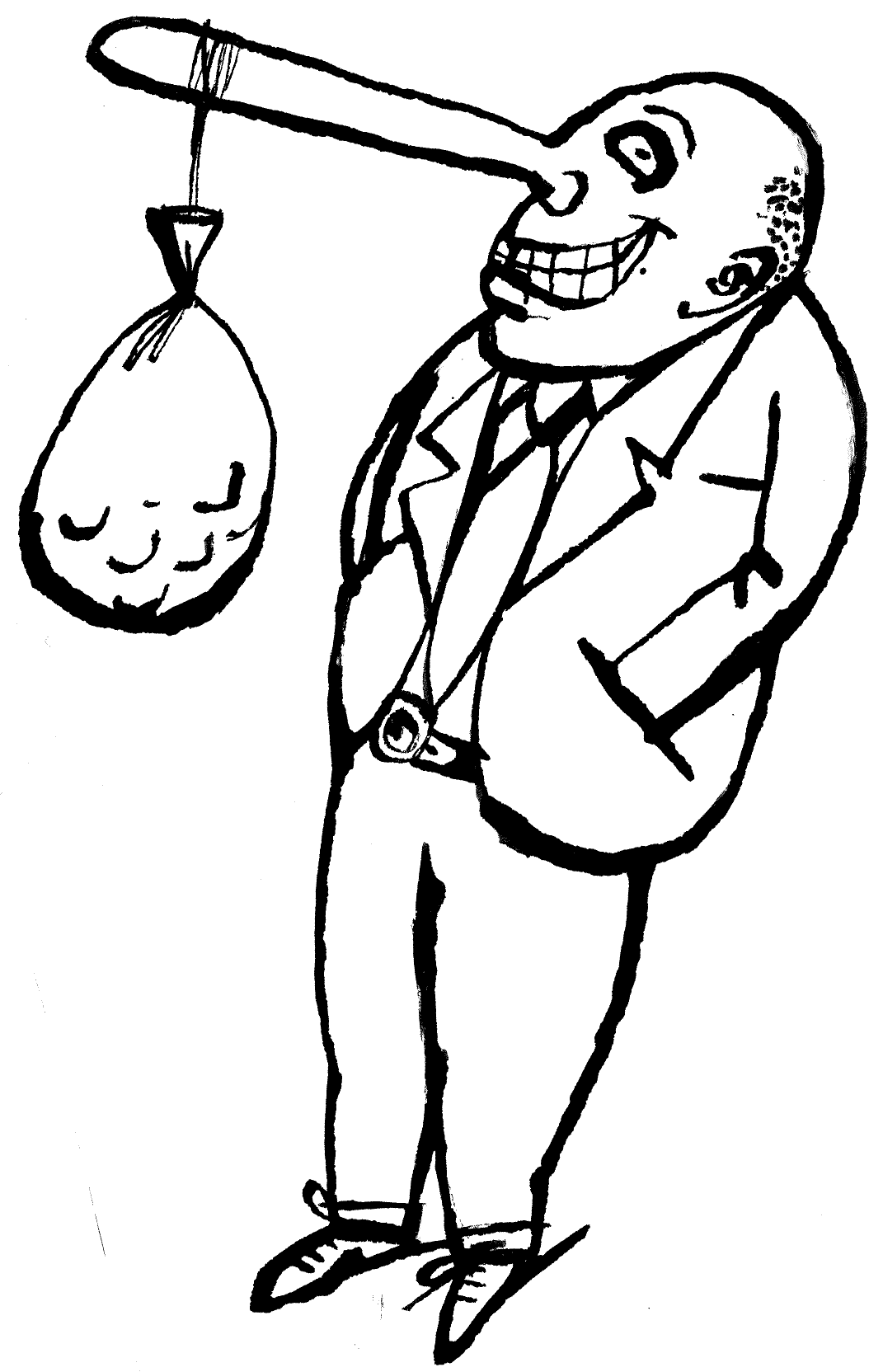Are higher wages bad for low-wage workers? One of the most common arguments against higher wages and better benefits for low-income workers is the assertion that, while higher wages might make some workers better off, by making the goods and services that workers provide more expensive, those higher wages will make other low-wage workers worse off as consumers.
The libertarian commentator Tim Worstall, for example, argued in a 2014 Forbes essay that
it’s the low-paid themselves, those at or near the minimum wage, who are generally the consumers of things made by other low-paid, minimum-wage workers. So it’s not entirely obvious that they were all made better off, after all. For while they might have higher wages, those low-paid workers are also those bearing the brunt of the newly higher prices.
For the sake of argument, let’s ignore cases in which an increase in wages won’t result in higher prices, because the higher wages come out of existing profits that still allow managers and shareholders fair returns, or because labor-saving technology can permit the same or fewer better-paid workers to produce the same or more without raising prices. Let’s focus, instead, on Worstall’s factual claim: “Those at or near the minimum wage … are generally the consumers of things made by other low-paid, minimum-wage workers.”
Is this true, as a matter of fact? A century ago, the term “Fordism” referred to the system in which Henry Ford’s auto-manufacturing employees and other industrial workers could afford to buy the products they made. Most jobs today in contemporary developed economies like the United States and Britain are in the service sector, not in the factory sector. Do we really live in a system of service-sector Fordism, as Worstall claims? Is it really the case that most of the consumers of goods and services produced by low-income workers are other low-income workers?
According to a 2021 profile of the lowest-paid workers in my home state of Texas by Georgetown University’s Center for Children and Families, the occupations with the most low-wage workers were cashiers; retail salespersons; waiters and waitresses; cooks; customer-service representatives; personal-care aides; laborers and freight, stock, and material movers; sales workers; truck drivers; maids and housekeeping cleaners; and janitors and building cleaners.
If Worstall is correct, then “the consumers of things made by other low-paid, minimum-wage workers” must be “at or near the minimum wage.” If this were true, then most of the customers who are checked out in stores by cashiers would make no more than the cashier on average. Most janitors and building cleaners would be paid more or less the same as all of the office workers in buildings which they clean. And if service-sector Fordism were real, then maids on their salaries could afford maids for their own homes, in an economy in which workers literally did one another’s laundry.
“Few if any maids make enough money to hire maids of their own.”
But experience tells us that few if any maids make enough money to hire maids of their own. And most office workers make much more money than the janitors who empty the trash and vacuum the office carpets.
Common sense in this case is backed up by data. The median wage in the Lone Star State in 2021 in current dollars was $39,030. Let’s look at personal-care aides, one of the poorest-paid occupations in the state. According to Salary.Com, “the average personal-care-aide salary in Texas is $27,410 as of May 1, 2023, but the range typically falls between $24,902 and $30,297.”
Personal-care aides in Texas, then, make much less than the average Texan wage earner. And many of their clients, particularly among the elderly, are middle class or affluent. So in this case, most of the consumers of the services provided by personal-care aides are definitely not “at or near the minimum wage.”
The same is true of all of the low-wage jobs in Texas listed by the Georgetown scholars, from customer-services representatives to laborers and freight, stock, and material movers. Fast-food workers who are poor themselves and make food mostly for other low-income workers are the only category that might conceivably support Worstall’s generalization.
Had Worstall, a senior fellow at the London-based Adam Smith Institute, done a few minutes of research back in 2014, he would have come across similar data in the United States or Britain that refuted his assertion. Nevertheless, he confidently asserted something that was easily disproved (and Forbes published it).
This kind of brazen promulgation of an obvious falsehood is typical of libertarian propaganda, which is a mishmash of dubious assertions and outright lies: Higher wages hurt those whom they are meant to help; free trade always and everywhere benefits both sides; mass immigration has no effect on wages; high CEO salaries mysteriously don’t lead to price increases, but slightly higher wages for low-wage workers always do; and so on. Year after year, decade after decade, generation after generation, libertarian pseudo-scholars in pseudo-think tanks and pseudo-academic programs are paid by rich donors to repeat the same trite talking points that have changed little since the days of Friedrich von Hayek, Ayn Rand, and Milton Friedman. At the same time, there is little or no funding for scholars on left, right, or center who can refute the pseudo-scholarship of the well-funded libertarian propaganda apparatus. I wonder why.
